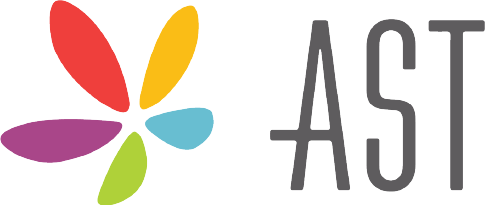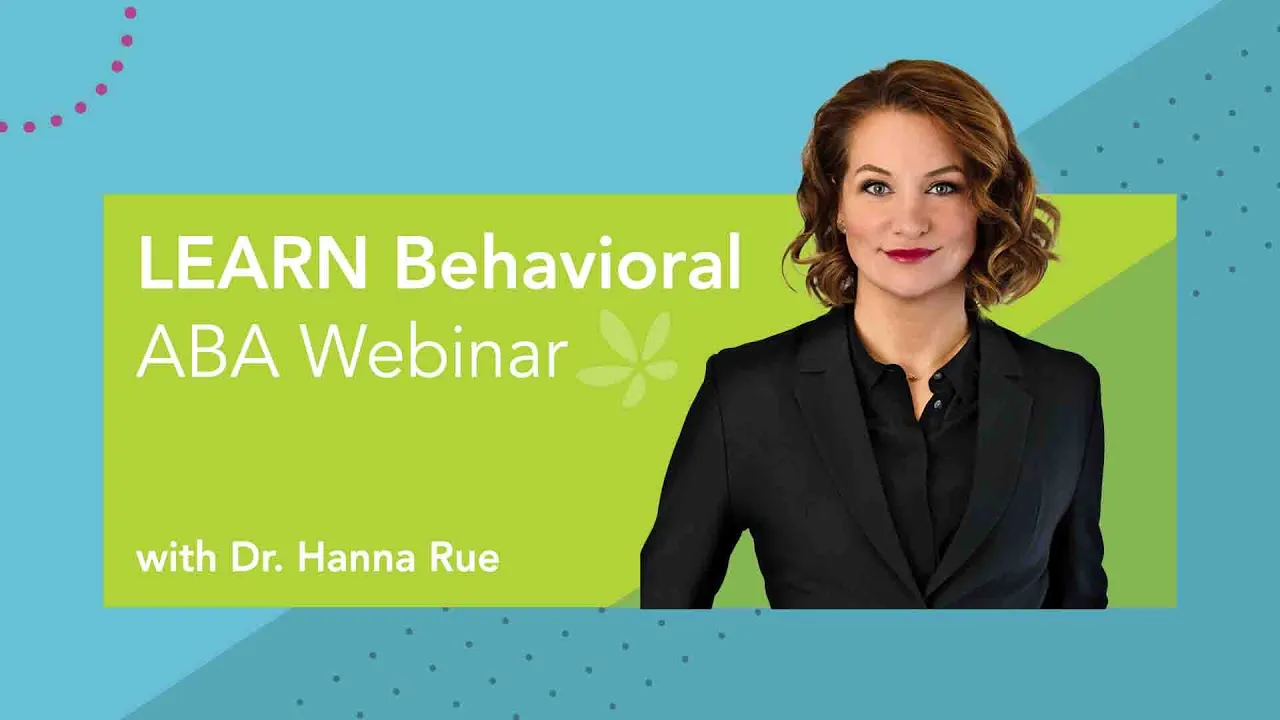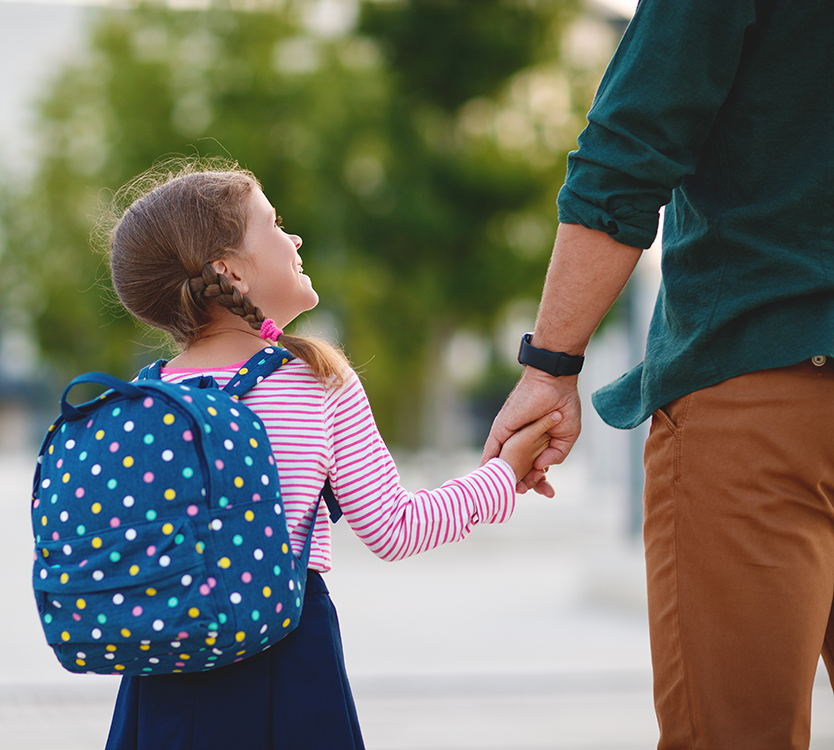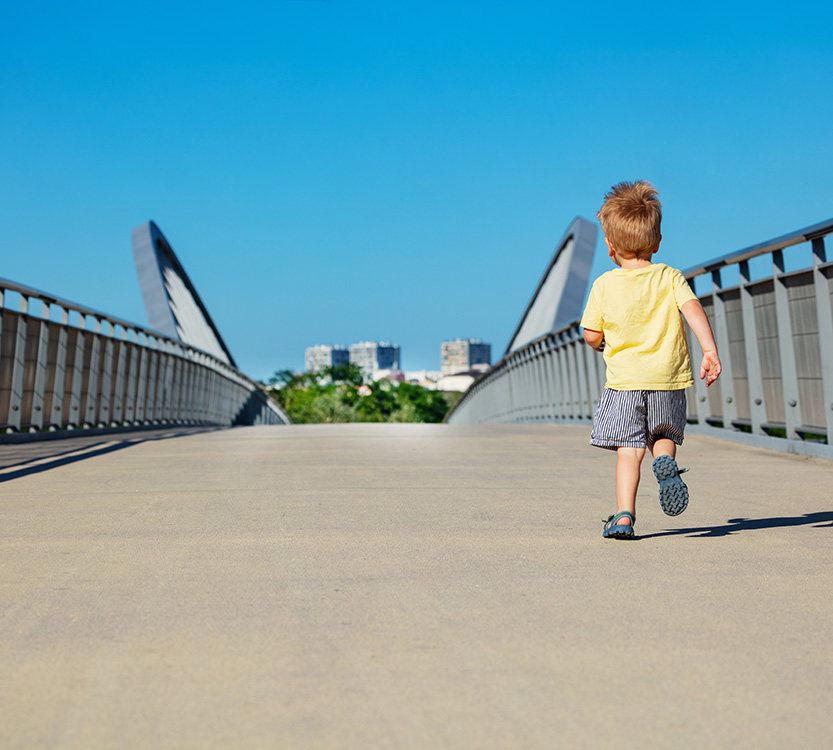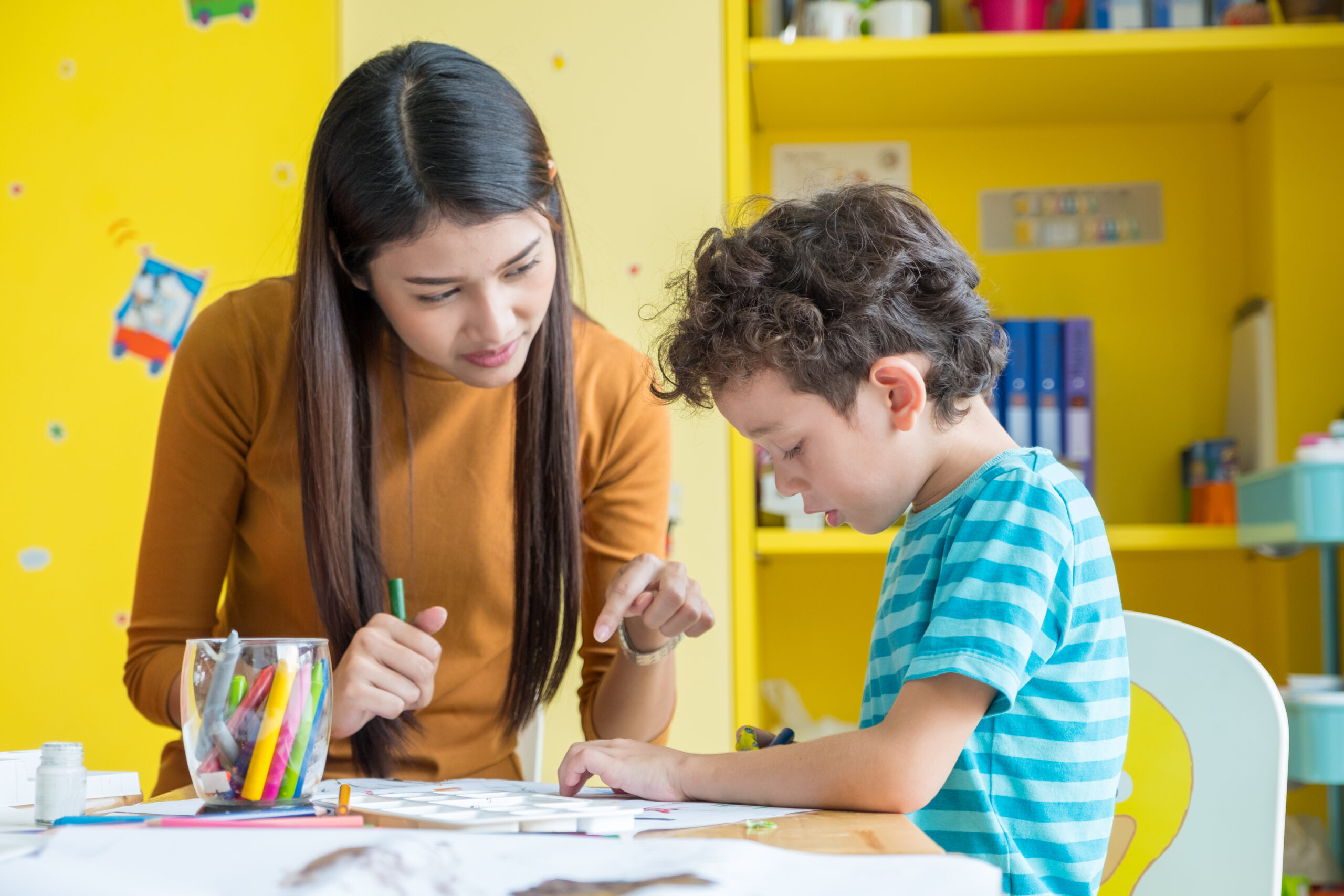5 Sensory-Friendly Spots to Visit in Chula Vista, CA
FEATURED POSTS
Sometimes, busy or noisy places can feel overwhelming for children who process sights and sounds differently. That’s where sensory-friendly spaces come in.
These settings are designed to feel calmer and more flexible. They may turn down the volume, soften the lighting, or simply offer extra room so families can take things at their own pace.
In Chula Vista, there are several spots designed with these things in mind. Here are five sensory-friendly places to visit around the city.
1. Have Some Hands-On Fun at the Living Coast Discovery Center
The Living Coast Discovery Center is a small zoo and aquarium located right on San Diego Bay. Families can see sea turtles, stingrays, and shorebirds in a quieter, more contained environment than larger zoos. The center also offers nature trails and outdoor spaces, giving kids room to explore at their own pace.
Tip for Families: Weekday mornings are usually the least crowded. Check the calendar for special sensory-friendly events or call ahead about accommodations.
2. Explore Nature at Otay Valley Regional Park
If your child enjoys open spaces, Otay Valley Regional Park offers miles of peaceful trails, shaded picnic areas, and quiet spots to connect with nature. The wide paths make it easy for strollers or wheelchairs, and the slower pace of the park makes it a good option for sensory-sensitive kids.
Tip for Families: Bring water, as services are limited. Morning visits provide cooler temperatures and fewer visitors.
3. Read and Recharge at Chula Vista Public Library
The Chula Vista Public Library offers a calm, welcoming atmosphere with cozy seating and a dedicated children’s area. Check the calendar to see which branches provide inclusive story times or sensory-friendly programs.
Tip for Families: Ask at the desk about any sensory kits, quiet areas, or upcoming events that may be helpful for your child.
4. Explore the Waterfront at Bayside Park
Along the waterfront, Bayside Park features wide open lawns, calm bay views, and shaded picnic tables. The slower pace of the park makes it a good place for unstructured play, kite flying, or simply watching the boats.
Tip for Families: Visit in the morning or on weekdays for the quietest experience and cooler weather.
5. Go for a Walk at Mountain Hawk Park
Mountain Hawk Park sits near Otay Lake and offers open fields, walking paths, and shaded areas for family picnics. The park is spread out enough to allow kids to play freely without feeling crowded. The natural setting also makes it a peaceful retreat.
Tip for Families: Afternoons are warmer and busier, so plan your visit earlier in the day for a calmer atmosphere.
Check out our LEARN Behavioral blog on 5 simple play ideas for more sensory-friendly inspiration.
Looking for additional support for your child in Chula Vista, CA? At Autism Spectrum Services (AST), part of LEARN Behavioral, we use science and data to deliver contemporary applied behavior analysis (ABA) therapy, tailored to your child’s unique needs, interests, and personality. Learn more about our services in the Chula Vista area and contact us today.
